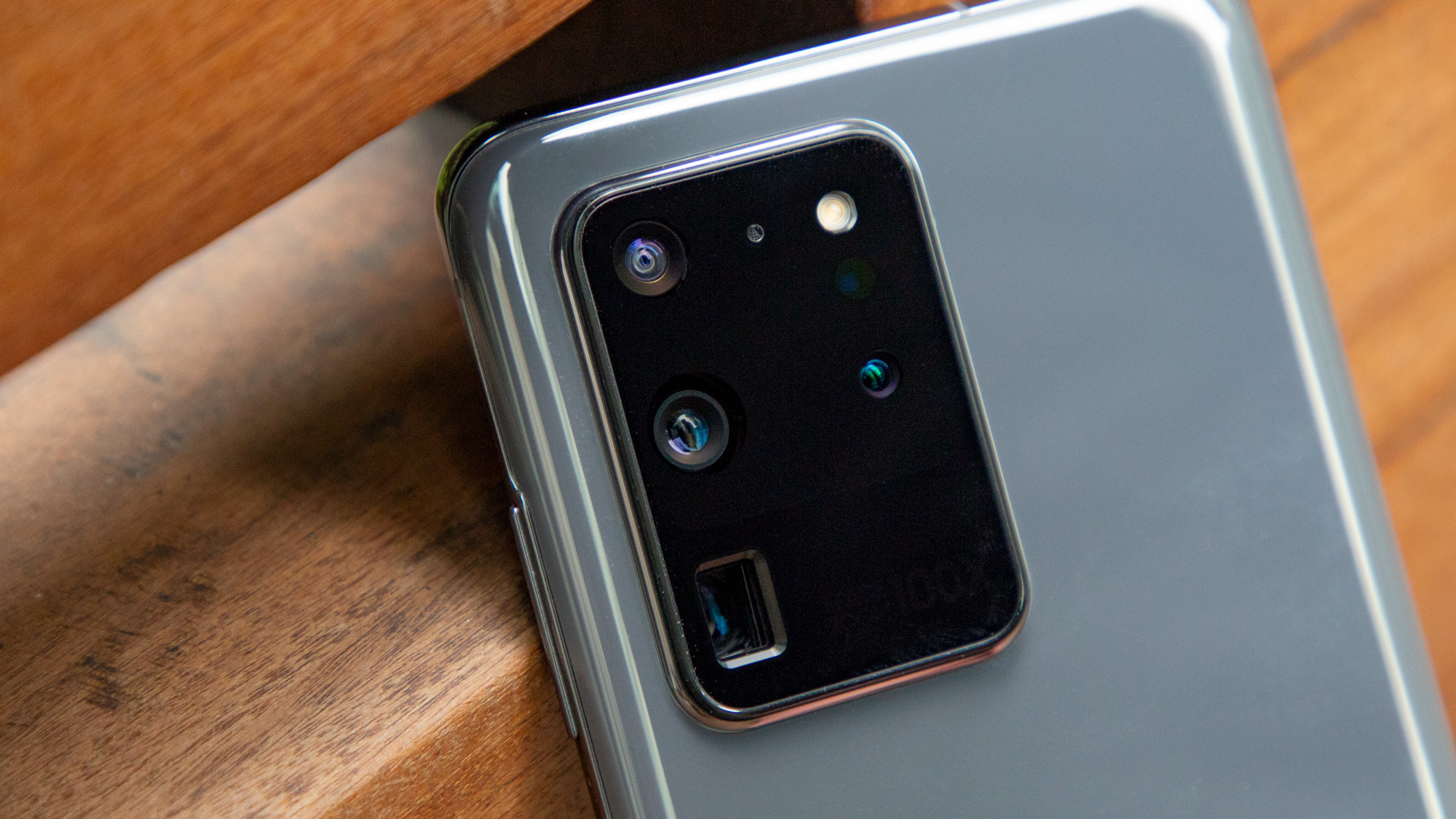Samsung Galaxy S21's revolutionary camera leaked — and iPhone 12 should be worried
The Galaxy S21 Ultra's camera is rumored to feature a 180-megapixel main lens, but that's not the best part

Samsung keeps inexplicably finding ways to punch up the imaging hardware in its flagship phones year after year, and it appears the Galaxy S21 will continue that tradition, perhaps with a new 180-megapixel primary sensor and 10x folded optical zoom.
The report comes from Korean tech publication The Elec (via WCCFTech), which has linked a quad-lens camera system to the next range-topping Galaxy S flagship. However, unlike Samsung quad-lens systems of the past, this one will drop the time-of-flight sensor — something we've heard before — and, in its place, add a second telephoto.
- The best Galaxy phones at every price
- Google Pixel 5 release date, specs, price and rumors
- Plus: Samsung Galaxy S21 superchip confirmed — and there’s a big surprise
In theory, if Samsung is to deliver 10x optical zoom in a telephoto lens, it would need a secondary telephoto at lower power, for those occasions where 10x would be overkill. To that end, The Elec is reporting that the S21 may carry two telephotos — one for 3x magnification and another for 10x, presumably with Samsung's software algorithms cleaning up the image between those steps, akin to Google's Super Res Zoom tech made famous by its Pixel handsets.
Based on rumors, the iPhone 12 Pro and iPhone 12 Pro Max will feature a telephoto lens along with a breakthrough LiDAR sensor that will help with everything from portraits and auto-focus to low-light performance. But the optical zoom is said to be maxed out at 2x or 3x.
And then, of course, there's the 180-megapixel sensor. It's not a lock for the Galaxy S21 Ultra. As WCCFTech notes, SamMobile seems to subscribe to the theory that Samsung will continue using 108MP primary sensors in its future high-end flagships.
Given that SamMobile has a reliable track record with respect to Galaxy leaks, as well as the fact that 180 megapixels truly seems like overkill, especially considering that Samsung only just figured out how to get the most out of that sensor with the Galaxy Note 20 Ultra, there's a strong possibility this technology is shelved for the future.
Mobile imaging sensors with hundreds of megapixels may sound impressive on paper, but the law of diminishing returns certainly applies. The more pixels on an image sensor heavily constrained by space (as phone sensors are), the smaller those pixels have to be. The smaller the pixels, the less light reaches the sensor and, as every photographer knows, low light is the enemy of image quality.
Get instant access to breaking news, the hottest reviews, great deals and helpful tips.
This is precisely why Apple and Google have stuck with 12MP lenses on their class-leading cameras, even as companies like Sony and Samsung have been churning out sensors capable of capturing 48 megapixels and above.
Even when you have a sensor with such a wealth of pixels, standard practice is still to bin those pixels together with Bayer filters — perhaps four at a time, or six at a time — so you still end up with a 12MP or 16MP result. The main benefit of the 108MP sensor on the Galaxy Note 20 Ultra and Galaxy S20 Ultra is the freedom it provides photographers in terms of cropping in after the fact. But even then you need a fair amount of ambient light, based on our testing.
Aside from camera technology, The Elec also reports that the internal codename for the Galaxy S21 Ultra is now "Palette," believed to be a reference to the phone's rumored S Pen support. Whether that support will mean the device will come with an S Pen or perhaps just support one on the side is unclear. If the former scenario comes to pass, it may spell the death knell for the Galaxy Note line. If it's the latter, the Note may live another year.
Adam Ismail is a staff writer at Jalopnik and previously worked on Tom's Guide covering smartphones, car tech and gaming. His love for all things mobile began with the original Motorola Droid; since then he’s owned a variety of Android and iOS-powered handsets, refusing to stay loyal to one platform. His work has also appeared on Digital Trends and GTPlanet. When he’s not fiddling with the latest devices, he’s at an indie pop show, recording a podcast or playing Sega Dreamcast.
